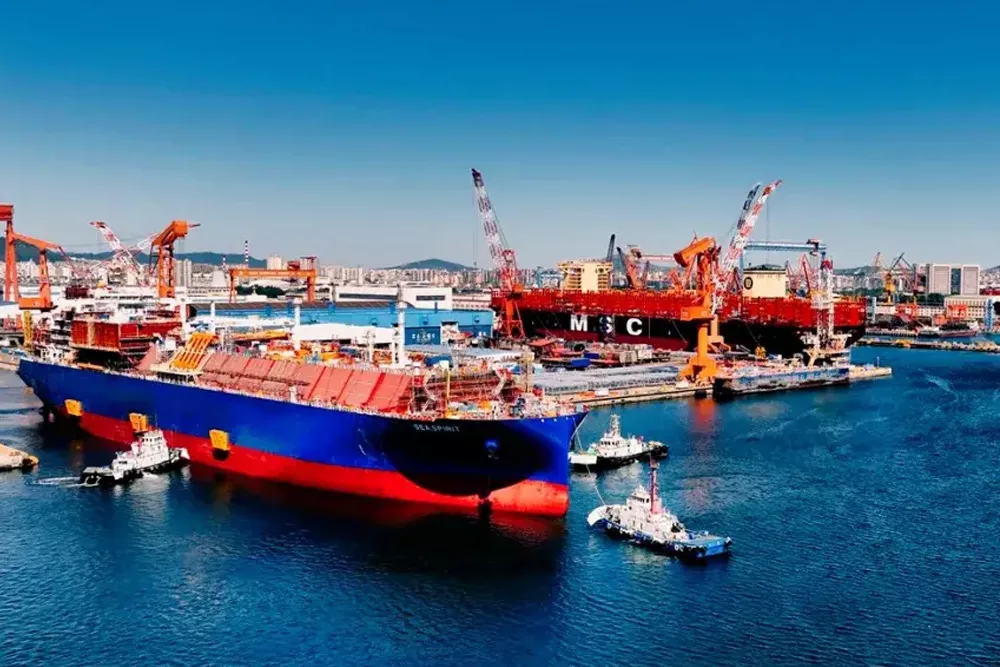Duplex stainless steel 2205 (UNS S32205) is known for its excellent resistance to chloride ion stress corrosion cracking. It exhibits excellent corrosion resistance in environments with high chloride content, especially under the combined effect of temperature and chloride concentration. Below is the performance of 2205 duplex stainless steel at different chloride ion concentrations:
1. Resistant to chloride stress corrosion cracking
Duplex stainless steel 2205 exhibits better resistance to stress corrosion cracking than austenitic stainless steels such as 316L in environments with high chloride concentrations. In general, 2205 maintains its excellent resistance to stress corrosion in environments with chloride concentrations up to 2,000 ppm or more.
2. Critical crevice corrosion temperature (CPT)
In chloride-containing environments, the critical crevice corrosion temperature (CPT) is an important measure of a material's corrosion resistance. 2205's CPT is typically between 30°C and 50°C, depending on chloride concentration and other corrosive factors. In contrast, 316L stainless steel has a lower CPT, typically between 20°C and 30°C.
3. pitting potential
2205 duplex stainless steel has a higher pitting potential than austenitic stainless steels such as 316L, and is more difficult to pitting in aqueous solutions containing chlorides. In general, 2205 can still provide good pitting resistance in environments with chloride ion concentrations as high as 30,000 ppm (about 3%).
4. application scenario
2205 duplex stainless steel is widely used for its resistance to chloride corrosion in the following applications:
- Seawater treatment systems and marine engineering
- Oil and gas extraction equipment
- Chemical storage tanks and pipelines
- Pulp and paper industry
2205 duplex stainless steel exhibits excellent corrosion resistance in environments with high chloride ion concentrations, especially in stress corrosion cracking and pitting. Its ability to resist chloride concentrations makes it ideal for marine environments, the chemical industry and other demanding applications.


